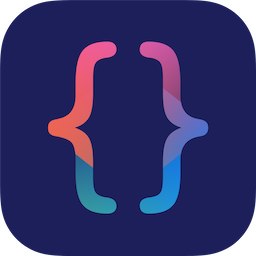HTML Uniform Resource Locators
A URL is another word for a web address. A URL can be composed of words (e.g. iampsp.com), or an Internet Protocol (IP) address (e.g. 192.68.20.50). Most people enter the name when surfing, because names are easier to remember than…
